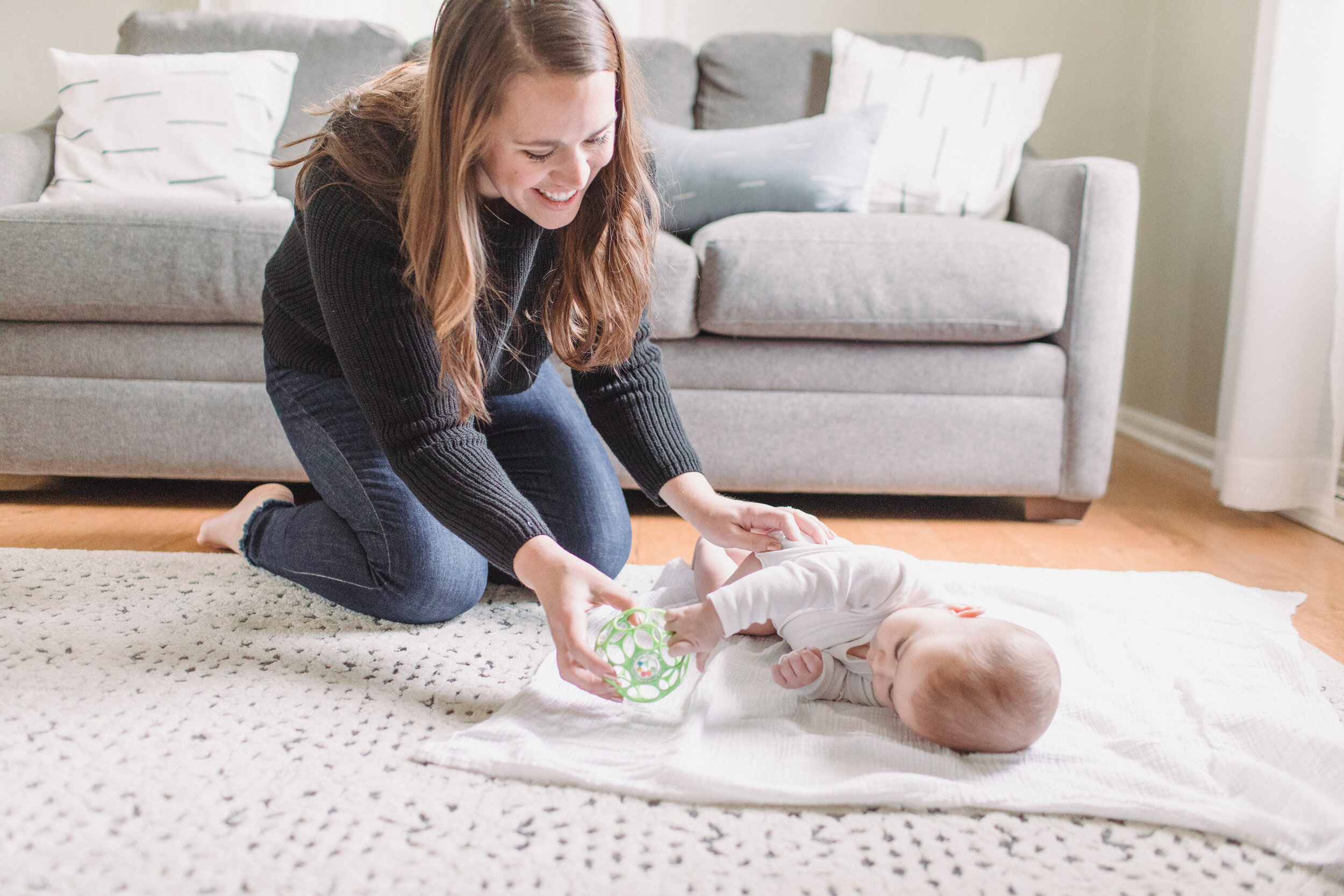It’s natural for parents to be concerned about their child meeting their next developmental milestone ‘on time.’ The ability to roll over is the first of several critical physical milestones for a child.
Consider a baby’s developmental milestones like building blocks. They are preparing for the next developmental milestone by completing the previous one. Rolling over from back to belly and belly to back be the beginning of their physical development, during which they will learn to scoot, crawl, and play.
On these major milestones, it’s critical to engage with ones baby to ensure that he or she is developing gross motor skills and strength.
Roll Over Explanation:
Rolling over requires practice and coordination, and early newborns lack the necessary head control and other motor abilities. As a baby’s strength develops, they may begin to show symptoms of rolling, like as moving their head and shoulders higher during tummy time.
Importance to Roll Over:
Learning to roll is not only useful for getting around, but it can also aid in the later development of fine motor abilities such as writing. This is due to the fact that it activates the region of the brain that promotes the right and left sides of the body to work together.

Age Limit of Babies to Roll Over:
Between the ages of 3-5 months and 4-7 months, infants should begin rolling over from belly to back and back to belly.
Types of Rolling:
Rolling is divided into two types: belly to back and back to belly. Because they can use their arms to aid, newborns usually start rolling over from belly to back first.
Ways of Encouraging the Child to Roll Over:
The experts have put together some suggestions for how parents might best encourage their child to get exercising.
- While lifting up, roll.
- Don’t employ the baby’s equipment excessively.
- Teach the child to spend time on his or her stomach.
- Allow the child to play on their side or back.
- Encouragement can be gained through play.
Final Remarks:
Remember that this is one of the first milestones that the baby will achieve and develop upon. All good things, as the old adage goes, take time. Parents wi ll be ecstatic and proud of the baby when he or she achieves each growth milestone.
It’s incredibly satisfying as a parent to watch their child learn, grow, and acquire strength. Just remember that newborns are like adults in that they are all unique. Everyone learns and develops at a different rate. Rolling over will eventually become second nature to the infant.
FAQs:
Tummy Time: What Is It?
Tummy time is when parents put their baby on his or her tummy in a safe, comfortable environment and then let them play.
What direction do newborns roll first?
The baby will first simply roll from his tummy to his back; this is easier since he may use his arms to assist him in taking off.
What is the duration of the rolling phase?
This is a simple, brief remedy that is usually short, about 2-3 weeks.
What is it like to have an autistic baby?
Hand flapping or spinning are examples of repetitive actions. A strong desire to learn more about a few specific topics. Toys are stacked excessively. Having difficulty sensing or comprehending other people’s emotions.
What does it mean when a baby’s hand flaps?
When babies are thrilled or delighted, they may flap their hands or arms. Flapping is a physical means for them to express how they’re feeling because they don’t yet have the verbal ability to do so.
